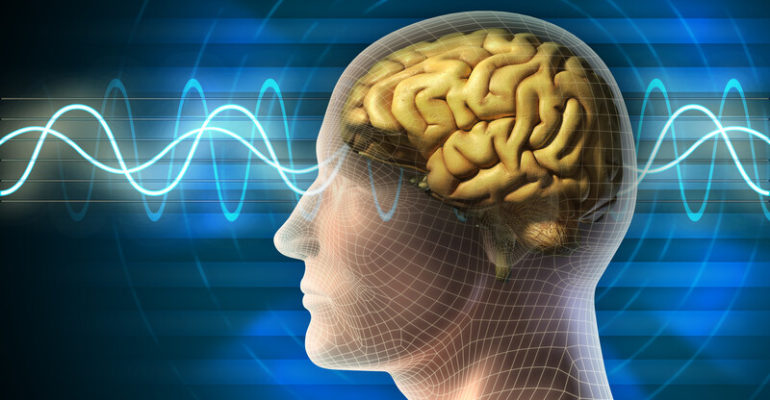Mechanistic Insights into Cognitive Dysfunction
Introduction:
Cognitive dysfunction, often associated with conditions like Alzheimer’s disease and vascular dementia, has been the subject of extensive research in recent years. While the clinical manifestations of cognitive impairment[1] are well-documented, understanding the underlying mechanisms is crucial for the development of effective interventions and treatments.
Neuroinflammation and Cognitive Dysfunction:
One key mechanism implicated in cognitive dysfunction is neuroinflammation[2]. Chronic inflammation in the brain, often driven by microglial activation and the release of proinflammatory cytokines, can lead to synaptic dysfunction and neuronal damage. This process contributes to cognitive decline in various neurodegenerative diseases.
Amyloid Beta and Tau Pathology:
In Alzheimer’s disease, the accumulation of amyloid beta plaques and tau protein tangles is a hallmark feature. These protein abnormalities disrupt neuronal communication and lead to cognitive impairment. Research into the precise mechanisms of how these proteins cause damage is ongoing.[3]
Vascular Causes[4]:
Vascular causes of cognitive dysfunction are often associated with reduced blood flow to the brain, leading to hypoxia and damage to neural tissue. Small vessel disease, often caused by hypertension or diabetes, can lead to white matter lesions, increasing the risk of cognitive decline.
The Gut-Brain Axis:
Emerging research is shedding light on the gut-brain axis, revealing that the health of the gastrointestinal system can impact cognitive function.[5] Changes in gut microbiota composition may affect the production of neurotransmitters and neuroinflammatory responses, potentially contributing to cognitive dysfunction.
Genetic and Epigenetic Factors:
Genetics plays a role in cognitive dysfunction.[6] Certain genetic mutations increase susceptibility to neurodegenerative diseases. Additionally, epigenetic modifications can influence gene expression and contribute to cognitive decline.
Conclusion:
Mechanistic insights into cognitive dysfunction are multifaceted, involving neuroinflammation, protein pathology, vascular factors, the gut-brain axis, and genetic/epigenetic influences. Understanding these mechanisms is crucial for the development of targeted therapies that may one day mitigate the impact of cognitive impairment in various neurological conditions.
Please let me know if you’d like more specific information or have any questions on this topic.
[1] Karssemeijer, EGA Esther, et al. “Positive effects of combined cognitive and physical exercise training on cognitive function in older adults with mild cognitive impairment or dementia: A meta-analysis.” Ageing research reviews 40 (2017): 75-83.
[2] Li, Zhichao, et al. “Neuroinflammation as the underlying mechanism of postoperative cognitive dysfunction and therapeutic strategies.” Frontiers in cellular neuroscience 16 (2022): 843069.
[3] Yin, Xiaomin, et al. “The role of amyloid-beta and tau in the early pathogenesis of Alzheimer’s Disease.” Medical Science Monitor: International Medical Journal of Experimental and Clinical Research 27 (2021): e933084-1.
[4] Iadecola, Costantino, and Rebecca F. Gottesman. “Neurovascular and cognitive dysfunction in hypertension: epidemiology, pathobiology, and treatment.” Circulation research 124.7 (2019): 1025-1044.
[5] Gao, Wen, Kelley L. Baumgartel, and Sheila A. Alexander. “The gut microbiome as a component of the gut–brain axis in cognitive health.” Biological Research for Nursing 22.4 (2020): 485-494.
[6] Zhu, Lin, et al. “Genetic and molecular basis of epilepsy-related cognitive dysfunction.” Epilepsy & Behavior 104 (2020): 106848.









